Category: Medieval Tales
-
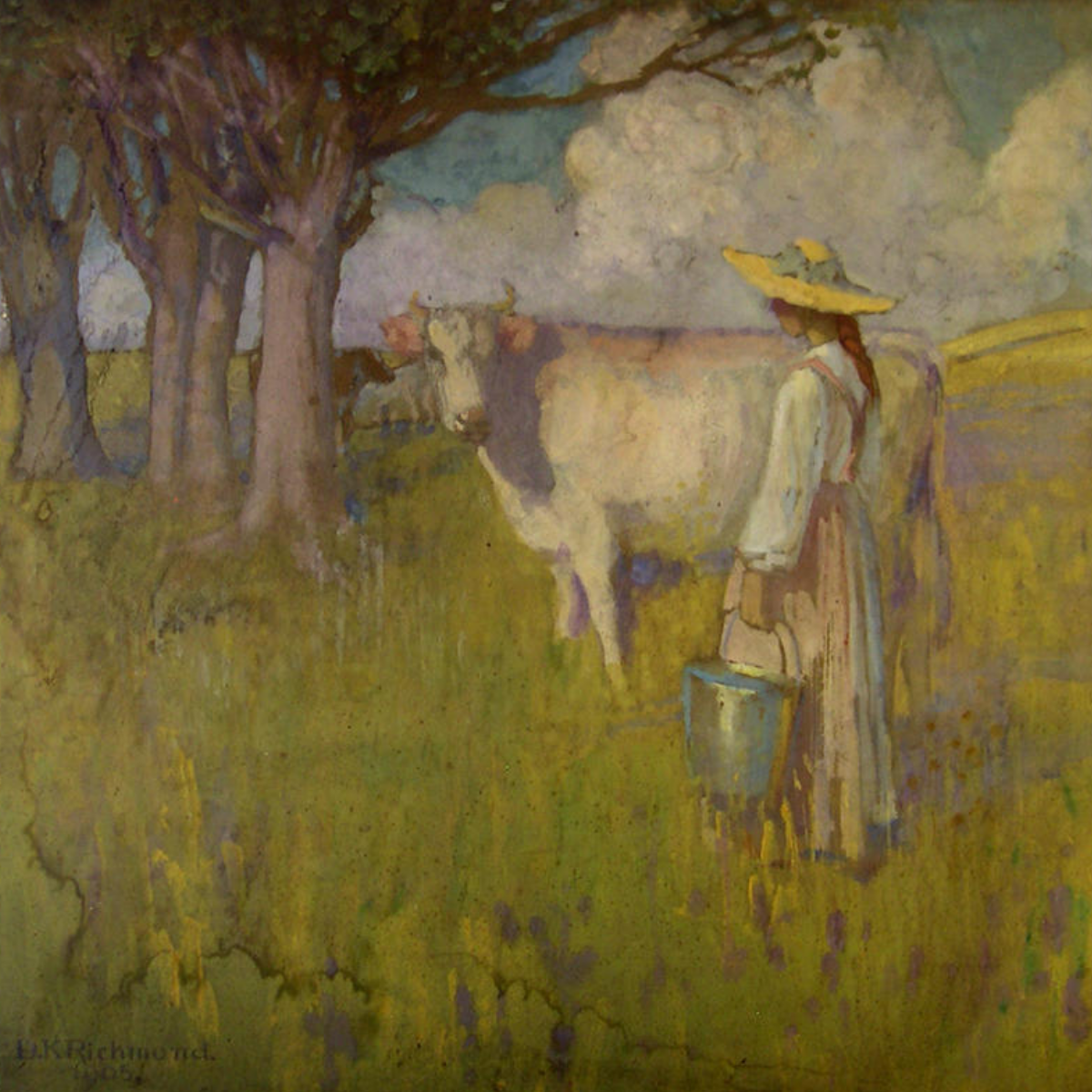
The Dun Cow and Other “Cows of Abundance” in the British Isles
I’ve always been fascinated by cows. When I was a kid, we would visit my aunt and uncle’s ranch in Oregon for a few weeks each summer. They raised cattle, and I loved to walk out in the fields to look at the cows. On one trip, I went walking along the road that bordered
-
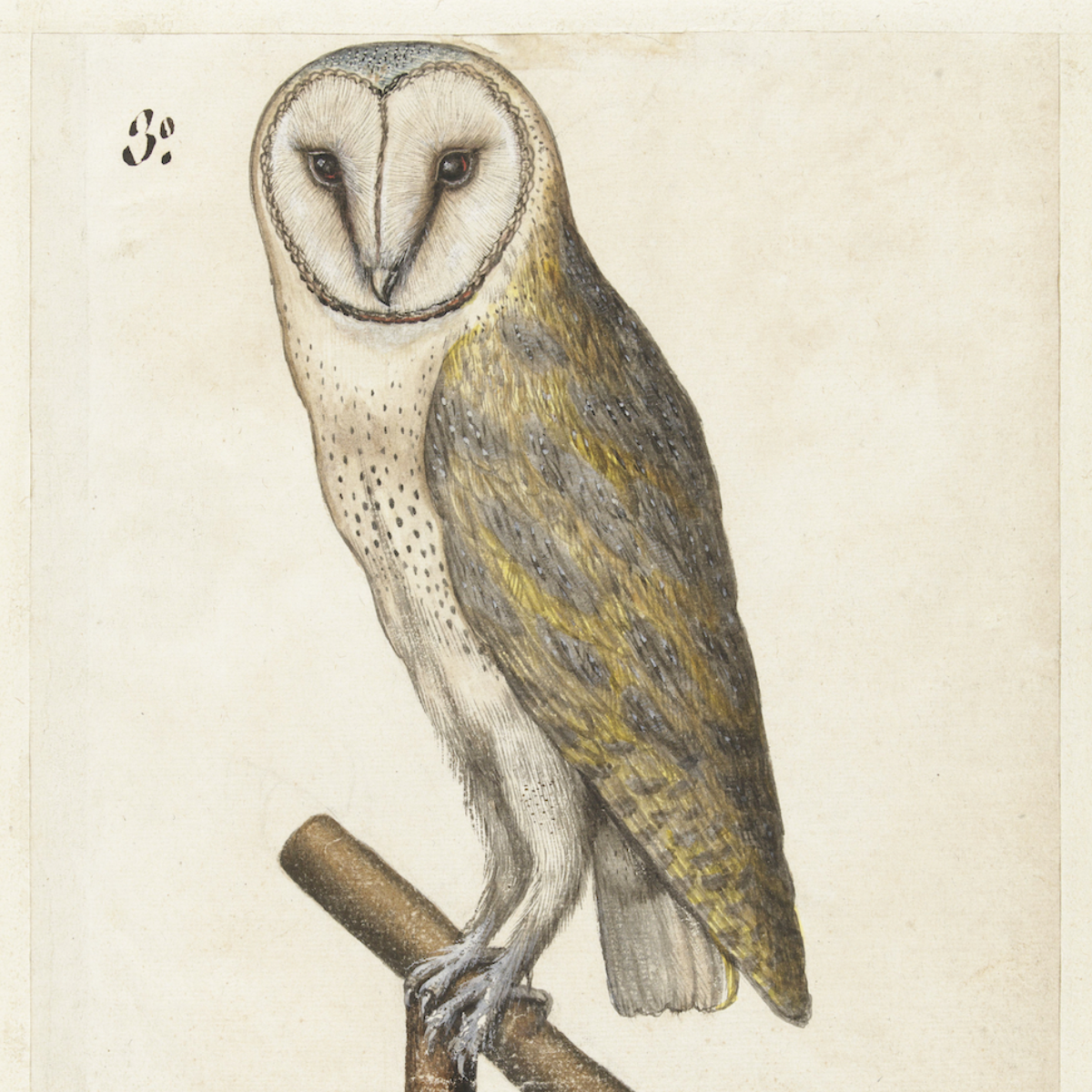
Owl Folklore, Blodeuwedd, and the Concept of Transformation
When I began researching this topic, I initially planned to explore owl folklore as a way to discuss a folktale referenced by the character Ophelia in Shakespeare’s Hamlet. But once I started taking notes, I discovered that I what I wished to share with you would be too much for a single post. So I’ve decided
-

The Legend of the Afanc: A Welsh River Monster
In Welsh folklore, the afanc is often described as a type of river monster. Depending on the legend or tradition, the afanc may take the form of an enormous beaver, a monstrous crocodile, or a worm (dragon). The word afanc appears to have changed meanings over time as well, which may account for the different versions of the creature. The more
-
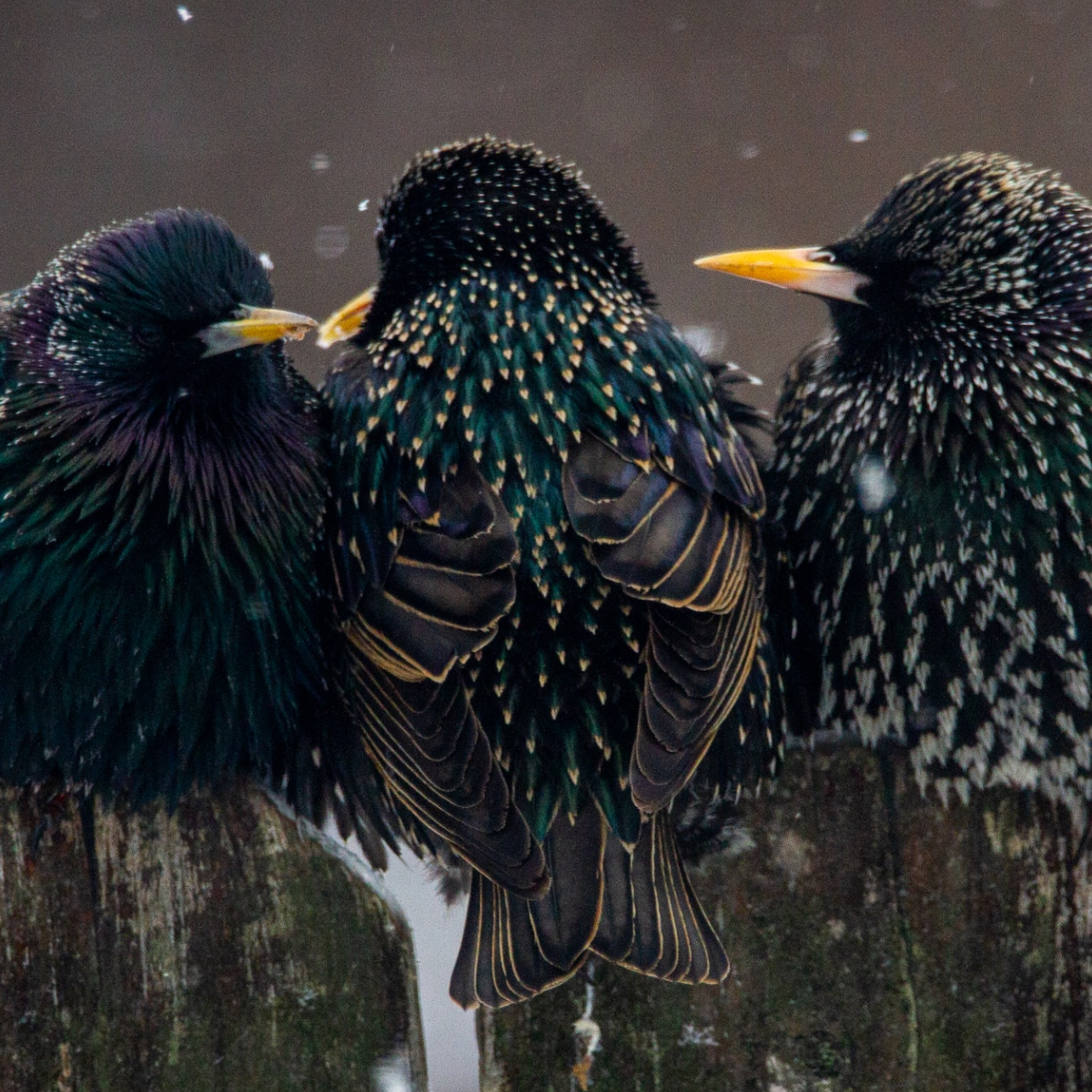
The Magical Birds of Rhiannon
The birds of Rhiannon are magical birds referenced in the Mabinogion, a collection of medieval Welsh tales. As their name implies, these birds are linked to Rhiannon, an otherworldly woman who plays a prominent role in the Mabinogion. A Brief Description of the Mabinogion The Mabinogion includes eleven Welsh tales that originally appeared in two manuscripts: the White Book
-
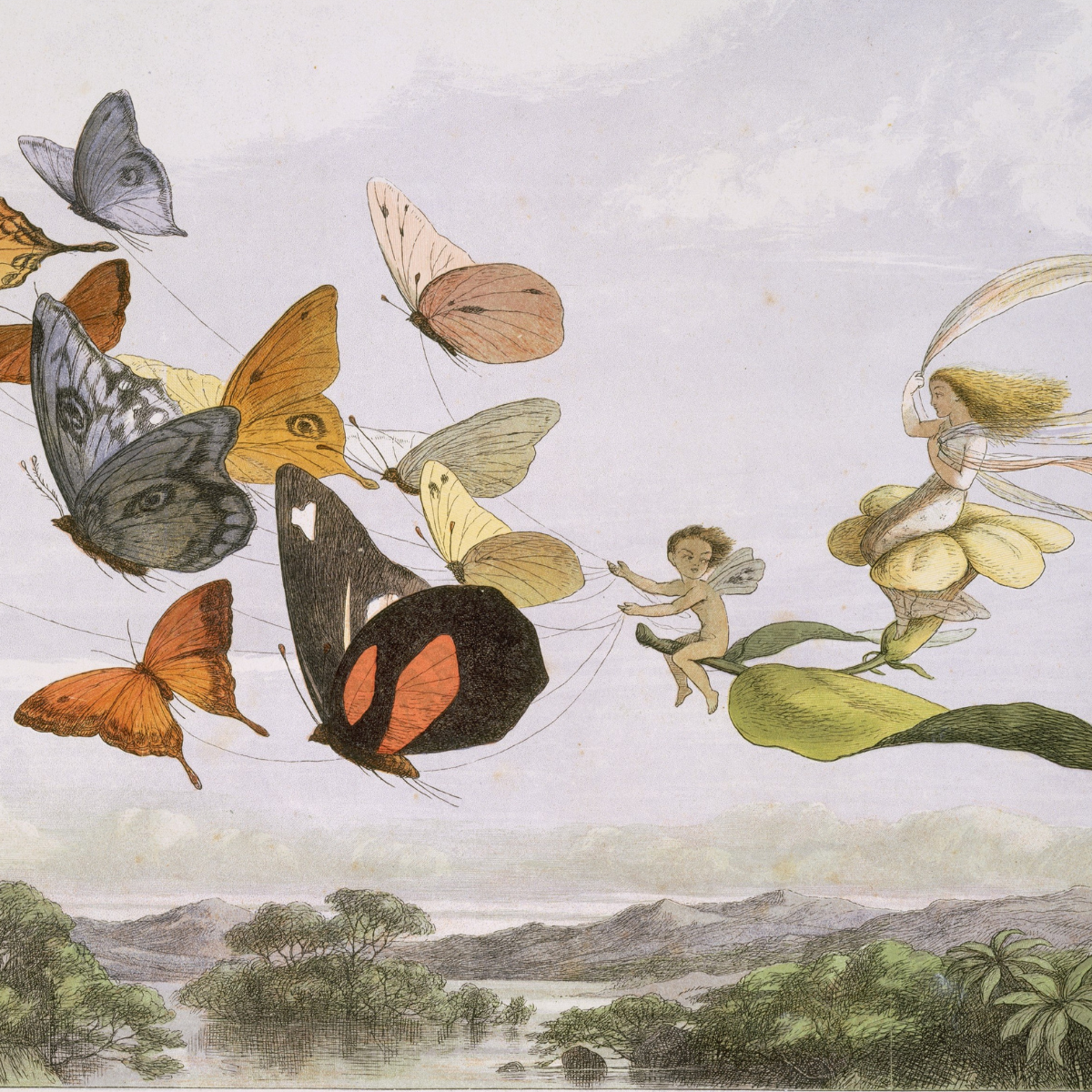
An Overview of How Faeries Were Portrayed During Different Literary Periods
There are many different ways to experience faerie folklore: through shared oral tradition, by reading tales collected by folklorists, and via its inclusion in literature, art, and even science. I find the interchange between folklore and creative endeavors fascinating, so I thought we’d explore how faerie folklore was incorporated into literature during different literary periods.
-
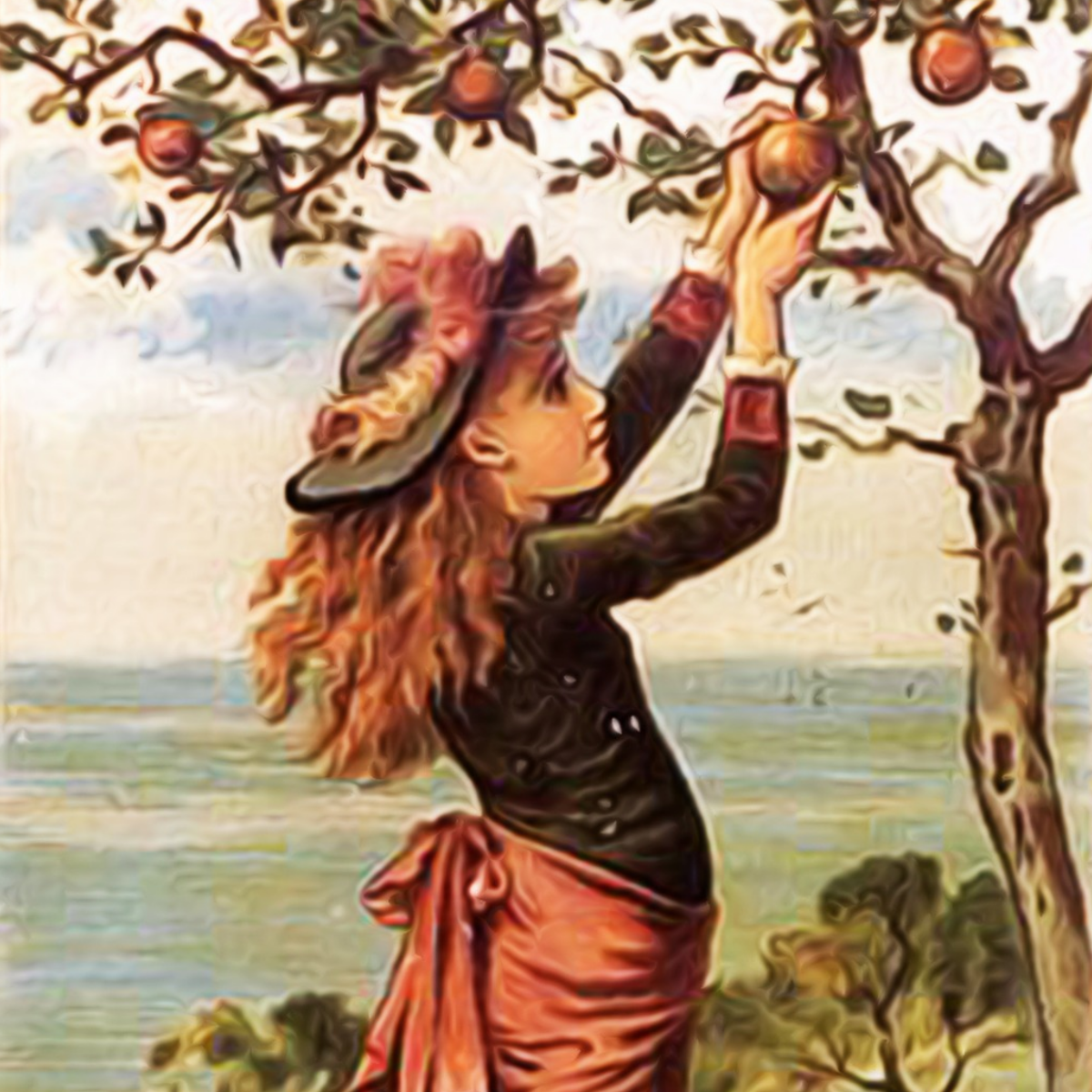
Apple Trees and British Folklore
When I make my grocery shopping list for holiday dinners and ask my family if they’d like a pie, their eyes grow as large as pie tins, and they answer with a resounding, “Yes!” When I ask what flavor of pie they’d like, the one flavor almost everyone agrees on in our family is apple.
-

Cŵn Annwn: Welsh Supernatural Hounds
Cŵn Annwn are Welsh supernatural hounds whose howls served as a death omen to those who heard it. Death portents are quite common in Welsh folklore. According to Delyth Badder and Mark Norman, authors of The Folklore of Wales: Ghosts, Cŵn Annwn “represent perhaps one of the oldest omens within Welsh tradition.” The Welsh name for these hounds, Cŵn Annwn,